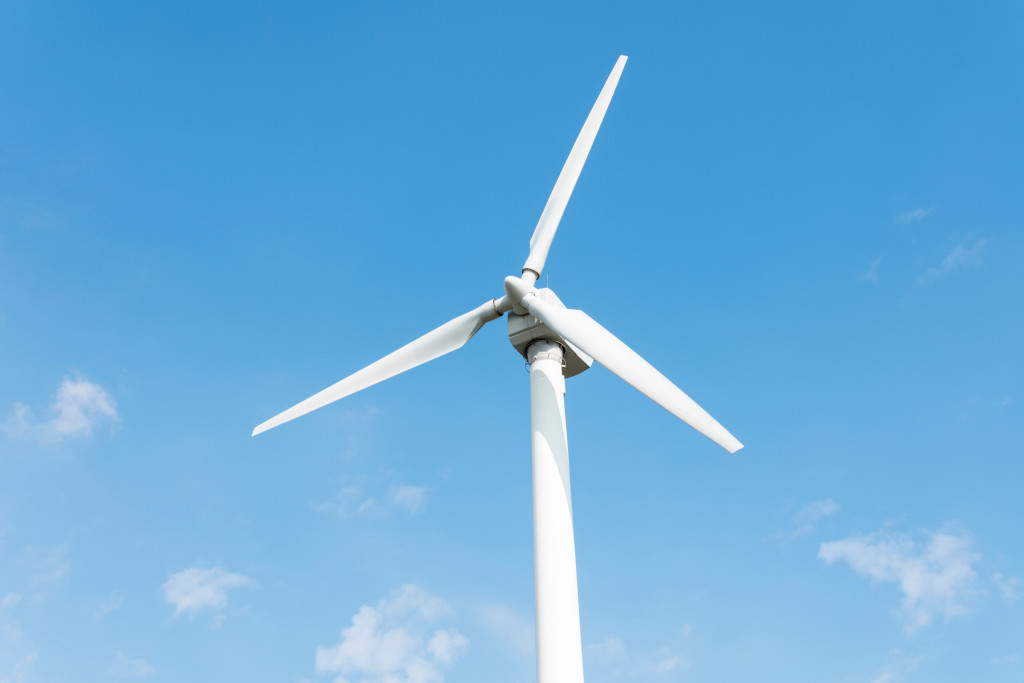President Joseph Biden has declared a target of 80 percent clean electricity by 2030 (80×30) for the United States, and a higher target of a 100 percent carbon-free power sector by 2035. According to the U.S. Energy Information Administration, the share of utility-scale electricity generation from natural gas was 40.3 percent in 2020, while that from coal was 19.3.
U.S. Solar Power Capacity is Increasing
A report showed that there was an improvement in the first quarter of 2021 as the country’s solar industry installed a little more than 5 GW of photovoltaic (PV) capacity. With this, the country’s solar industry has exceeded 100 GW of capacity. The European Union, however, already surpassed 137 GW near the end of 2020, according to SolarPower Europe.
Still, for the United States, the increase from solar PV installation services represented a record for the first quarter and a 46 percent increase from the first quarter of the previous year. Also, among all new electricity-generating capacity added from January to March 2021, 58 percent was solar, and the rest was from wind. Texas is leading the way, with 1.52 GW of capacity installed. Following quite far behind are California with 563 megawatts installed, and Florida with 525 megawatts. Electricity-generating capacity means the maximum amount of electricity that the installation can potentially generate and not how much it is currently producing.
According to the Office of Energy Efficiency and Renewable Energy (EERE), a single PV device called a cell converts sunlight into around one to two watts of direct current (DC) electrical energy. The cells are made of various semiconductor materials that are then covered by glass or plastic protective materials to withstand outdoor conditions for many years. PV cells are connected in chains into modules or panels that can be used individually or further connected to form arrays.
One or more arrays are connected to the electrical grid and components convert the DC electricity into alternating current (AC) electricity used by home appliances. The PV system also includes the mounts that direct the panels toward the sun. Because they are modular, PV systems can expand to meet both small and large electric power needs.
The Solar Market Insight report highlighted, however, that there are hindrances to the momentum of solar power usage. The demand for it is growing but there are supply constraints and delivery delays in critical solar equipment components such as semiconductor chips, polysilicon, steel, aluminum, copper, and other metals. This has sent prices of those components upward and has, therefore, made solar systems more expensive. This is a threat to the widespread acceptance of solar power installation.

Implementing a Clean Energy Standard
To achieve the 80×30 goal by 2030 and a power sector that is 100 percent carbon-free by 2035, a group of researchers from Harvard University, Syracuse University, and the Georgia Institute of Technology stated in a research that the government must implement a clean energy standard (CES). The report describes this as a package of federal financial investments, incentives, and penalties specifically designed toward a carbon-free electricity system.
This involves incentives for investing in or purchasing clean energy, including wind and solar energy, and preserving existing clean energy generation such as hydropower and nuclear energy. The researchers emphasized that the government must incentivize utilities to make record levels of investments in new clean power generation. Such incentives will lower the value of other types of power generation for them.
According to the report, based on the 2019 cost-of-dollars, the CES implementation will cost $342 billion. It will, however, have gains worth $637 billion. It will also have substantial immediate and widespread health benefits related to air quality, such as the estimated prevention of two million asthma attacks in 2030, and up to 12 million a year in 2050. The reduction in exposure to air pollution from fine particulate matter and ozone will prevent an estimated 50,000 premature deaths from 2020 to 2030, and 317,500 premature deaths from 2020 to 2050.
Inclusion of the Standard in the Administration’s Next Infrastructure Package
Experts say that this measure was already supposed to be included in the Biden administration’s major infrastructure bill. They removed it, though, after negotiations with Republicans.
The administration is now under pressure from environmentalists and major companies who want the new standard implemented. This includes Apple and Google. According to the president’s top climate adviser Gina McCarthy, the White House is making the measure a “non-negotiable” in a new reconciliation bill. It will, however, require the vote of every Democratic senator to pass.
